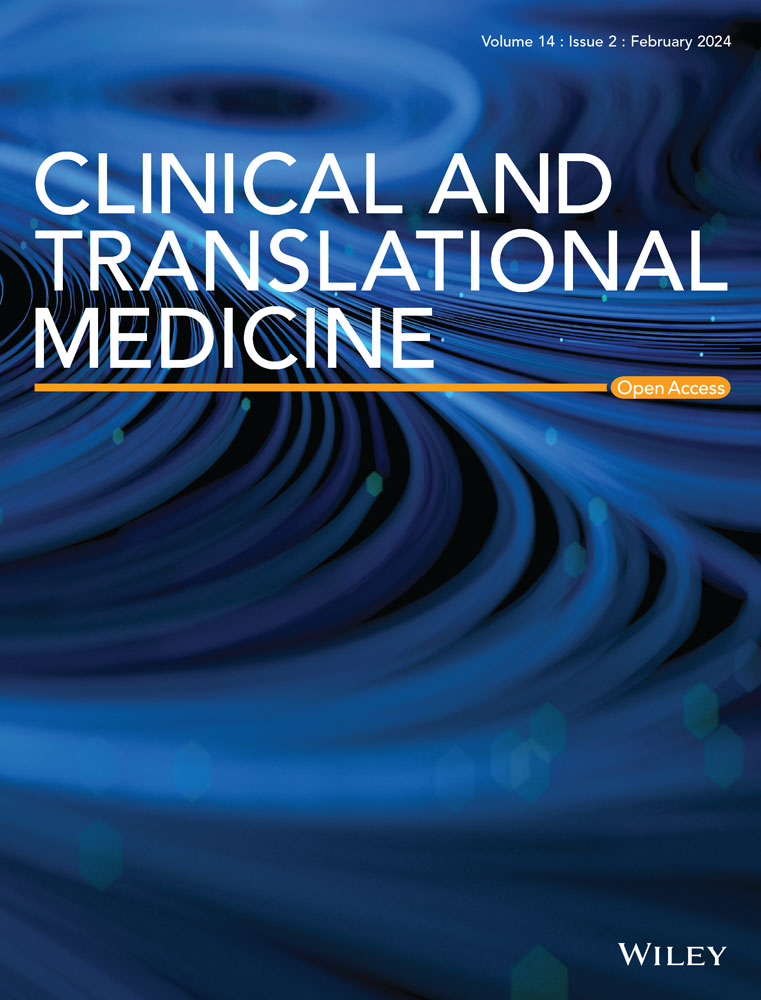Dynamic conditioning of porcine kidney grafts with extracellular vesicles derived from urine progenitor cells: A proof-of-concept study
Abstract
Among strategies to limit ischemia/reperfusion (IR) injuries in transplantation, cell therapy using stem cells to condition/repair transplanted organs appears promising. We hypothesized that using a cell therapy based on extracellular vesicles (EVs) derived from urine progenitor cells (UPCs) during hypothermic and normothermic machine perfusion can prevent IR-related kidney damage.
We isolated and characterized porcine UPCs and their extracellular vesicles (EVs). Then these were used in an ex vivo porcine kidney preservation model. Kidneys were subjected to warm ischemia (32 min) and then preserved by hypothermic machine perfusion (HMP) for 24 h before 5 h of normothermic machine perfusion (NMP). Three groups were performed (n = 5–6): Group 1 (G1): HMP/vehicle + NMP/vehicle, Group 2 (G2): HMP/EVs + NMP/vehicle, Group 3 (G3): HMP/EVs + NMP/EVs.
Porcine UPCs were successfully isolated from urine and fully characterized as well as their EVs which were found of expected size/phenotype. EVs injection during HMP alone, NMP alone, or both was feasible and safe and did not impact perfusion parameters. However, cell damage markers (LDH, ASAT) were decreased in G3 compared with G1, and G3 kidneys displayed a preserved tissue integrity with reduced tubular dilatation and inflammation notably. However, renal function indicators such as creatinine clearance measured for 5 h of normothermic perfusion or NGAL perfusate's level were not modified by EVs injection. Regarding perfusate analysis, metabolomic analyses and cytokine quantification showed an immunomodulation signature in G3 compared with G1 and highlighted potential metabolic targets. In vitro, EVs as well as perfusates from G3 partially recovered endothelial cell metabolic activity after hypoxia. Finally, RNA-seq performed on kidney biopsies showed different profiles between G1 and G3 with regulation of potential IR targets of EVs therapy.
We showed the feasibility/efficacy of UPC-EVs for hypothermic/normothermic kidney conditioning before transplantation, paving the way for combining machine perfusion with EVs-based cell therapy for organ conditioning.
Highlights
- · UPCs from porcine urine can be used to generate a cell therapy product based on extracellular vesicles (pUPC-EVs).
- · pUPC-EVs injection during HMP and NMP decreases cell damage markers and has an immunomodulatory effect.
- · pUPC-EVs-treated kidneys have distinct biochemical, metabolic, and transcriptomic profiles highlighting targets of interest.
- · Our results pave the way for combining machine perfusion with EV-based cell therapy for kidney conditioning.


 求助内容:
求助内容: 应助结果提醒方式:
应助结果提醒方式:


